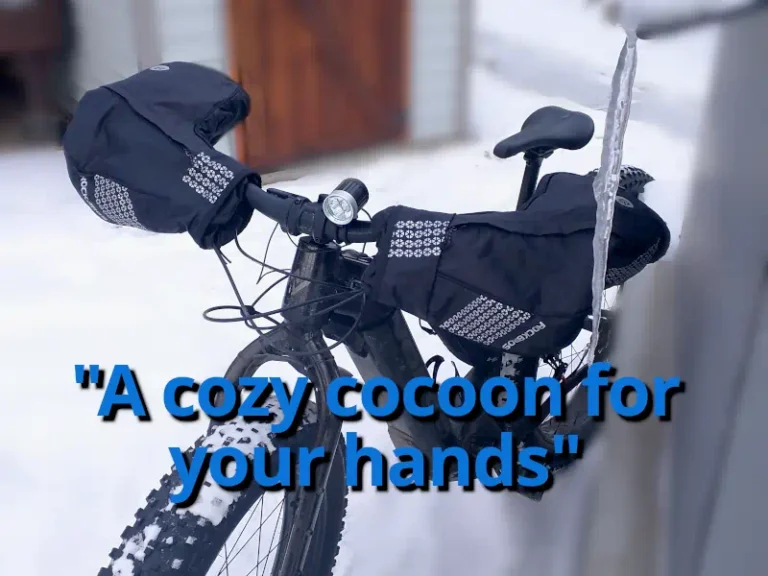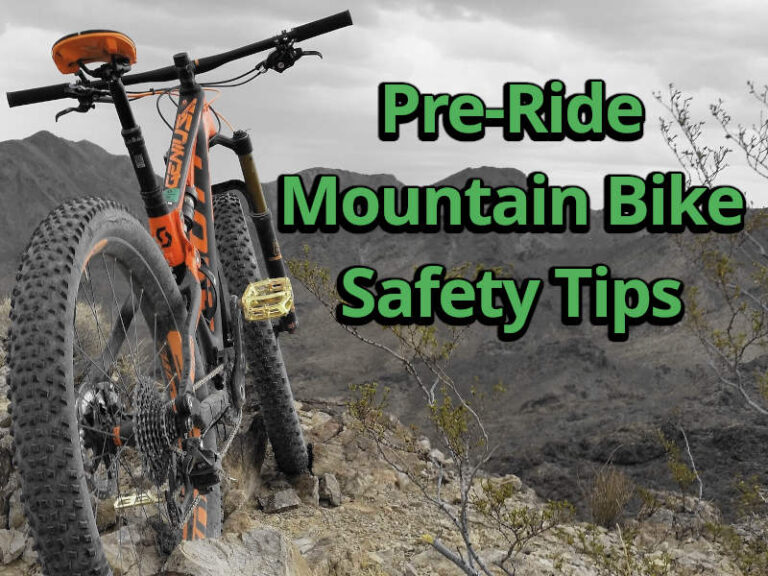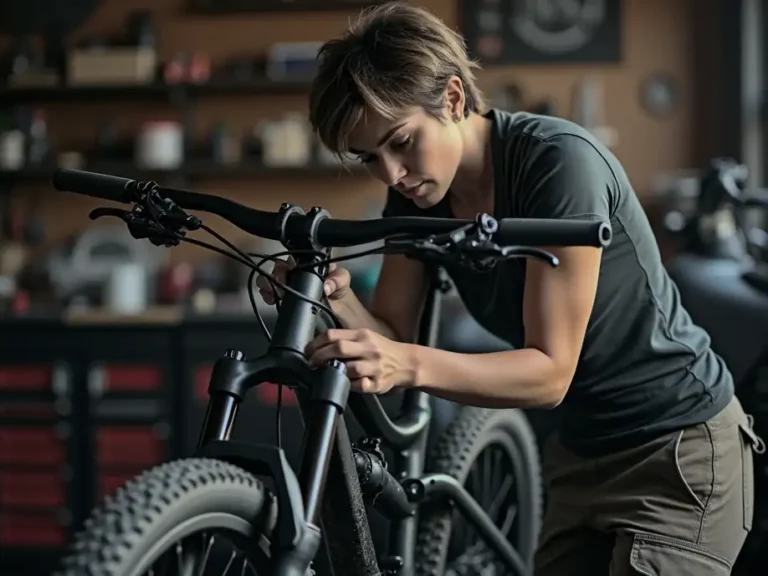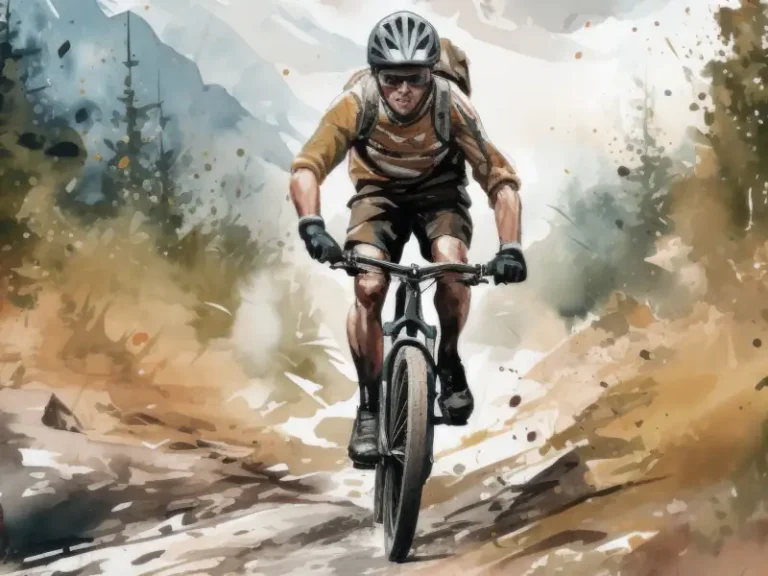Carrying a Bike Pump With You is Useless…
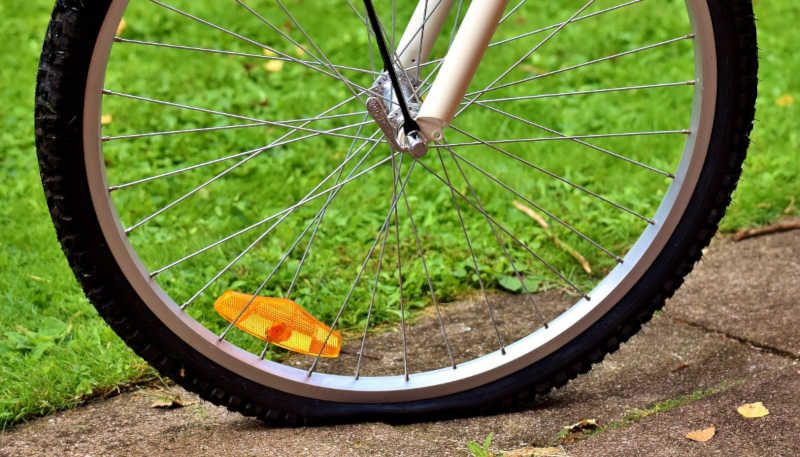
Unless You Also Have These Other Essential Items.
Intro
As an avid cyclist and a self-proclaimed bike technician (I tinker a lot, okay?), I’ve had my fair share of on-the-road mishaps. One of the most crucial lessons I’ve learned is that carrying a bike pump alone is like carrying a spoon to a knife fight—utterly useless unless you have the right backup. A bicycle pump is just part of a chain (pardon the pun) of items you’ll need if you experience a flat during a ride and want to successfully repair it. Let’s dive into why you need more than just a pump and what essentials you should always have on your ride to make a flat repair possible.
Types of Portable Bike Pumps
First off, not all bike pumps are created equal. Here are a few types you might consider:
Mini Pumps
These are compact and lightweight, easily fitting into your bag or mounting on your frame.
Pros: Easy to carry, great for emergency use.
Cons: Can take a while to inflate a tire fully, especially if you’re in a hurry.
Frame Pumps
Larger than mini pumps, these fit along your bike frame.
Pros: More efficient than mini pumps, can inflate tires faster.
Cons: Bulkier and can be a bit of an eyesore.
CO2 Inflators
CO2 cartridges to quickly inflate your tire.
Pros: Super fast and effortless.
Cons: Cartridges can run out, and they can be expensive over time.
CO2 Tire Inflator vs. Hand Pumps
CO2 cartridge inflators are like the espresso machines of tire inflation—quick and efficient. They’re great when you’re racing against the clock or if your lungs aren’t in the mood for a workout. However, they can leave you stranded if you run out of cartridges.
Hand pumps, on the other hand, are reliable and won’t run out of juice. They might take longer and require more elbow grease, but they’re the trusty Swiss army knife of tire inflation.
Should I Mount My Pump on the Bike Frame or Keep it in a Bag or Backpack?
This is the classic debate: frame mount vs. bag carry. Here’s my take:
Frame Mount:
Pros: Always with you, no chance of forgetting it at home.
Cons: Exposed to the elements, might get dirty or damaged.
Bag or Backpack:
Pros: Protected from the weather, less likely to get knocked around.
Cons: Easier to forget, takes up space in your bag.
Personally, I prefer the frame mount for shorter rides and toss it in my backpack for longer adventures.
Patch/Repair Kits
Carrying a patch kit is non-negotiable. A flat tire without a patch kit is like having a bike without wheels—pretty useless. Patch kits come in various sizes, but a basic one should include patches, glue, and sandpaper.
A Quick How-to on Using a Patch Kit:
- Find the puncture.
- Clean with alcohol wipe, water or spit and a clean cloth (or your sleeve)
- Roughen the area around the hole with sandpaper.
- Apply glue and let it get tacky.
- Apply the patch and press firmly.
- Wait a few minutes before inflating.
Importance of Tire Levers
Tire levers are those little plastic sticks you didn’t know you needed until you did. They help you pry your tire off the rim without damaging it. Trust me, trying to use a spoon or your bare hands is a one-way ticket to frustration-ville.
A Spare Tube is Important Even If You Have a Patch Repair Kit
Even the best patch kits can fail. A spare tube is your insurance policy. Imagine you’re miles away from civilization, your patch fails, and you’re left with a limp tire. A spare tube can save you a long walk home.
Necessary Tools to Remove Your Wheels
Here’s a pro tip: always carry the tools to remove your wheels. Most modern bikes use quick-release levers, but some still require a wrench or multi-tool. Make sure you have what you need to get your wheel off and back on again.
Practice Wheel Removal and Tire Removal and Installation at Home
Before you hit the road, practice at home. There’s nothing more embarrassing (or frustrating) than fumbling with your bike on the roadside because you don’t know how to change a tire. Plus, it builds confidence. You’ll be the superhero of the bike path!
A List of Everything You Need With You to Repair a Flat Tire
- A hand pump or CO2 inflator
- Tire levers (sometimes called tire irons)
- A patch kit or tube
- Tools to remove your wheel (when you don’t have quick release)
You never know when disaster will strike. The most crucial times to be prepared are:
- Long rides far from people: You don’t want to be stuck in the middle of nowhere.
- Out of cell range: No calling for help.
- Rides in harsh conditions: Bad weather can make a flat tire even more miserable.
Being prepared isn’t just smart—it’s essential for a safe and enjoyable ride. So, pack that pump, but don’t forget the rest of your needed essentials to make use of that pump. Happy cycling, and may your tires always stay inflated!

by: Blair Fontana
A versatile freelance content creator known for her engaging writing style and diverse range of interests. Blair has carved out a niche in lifestyle writing, captivating her audience with insightful articles… read more

